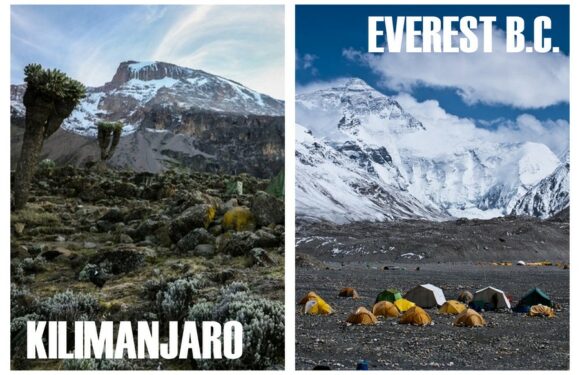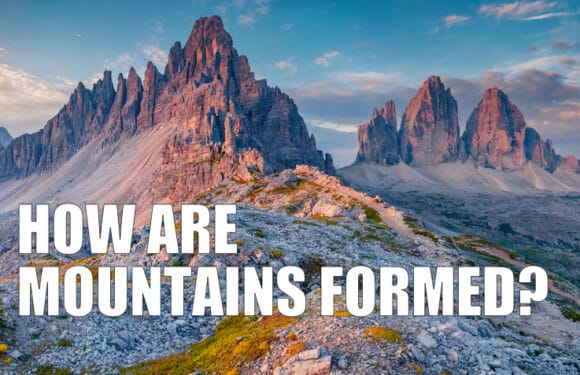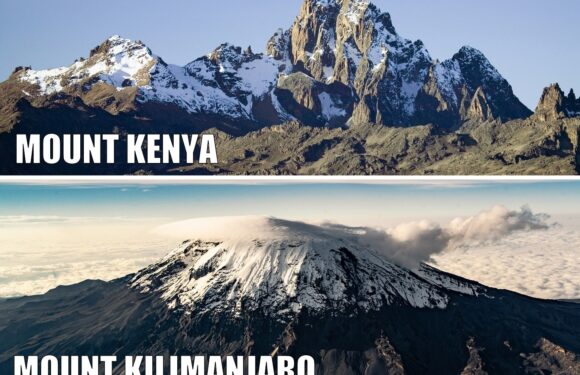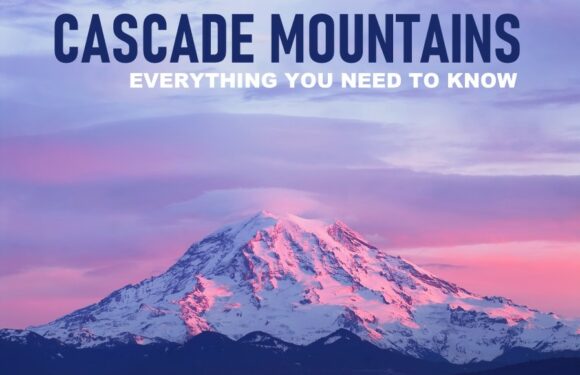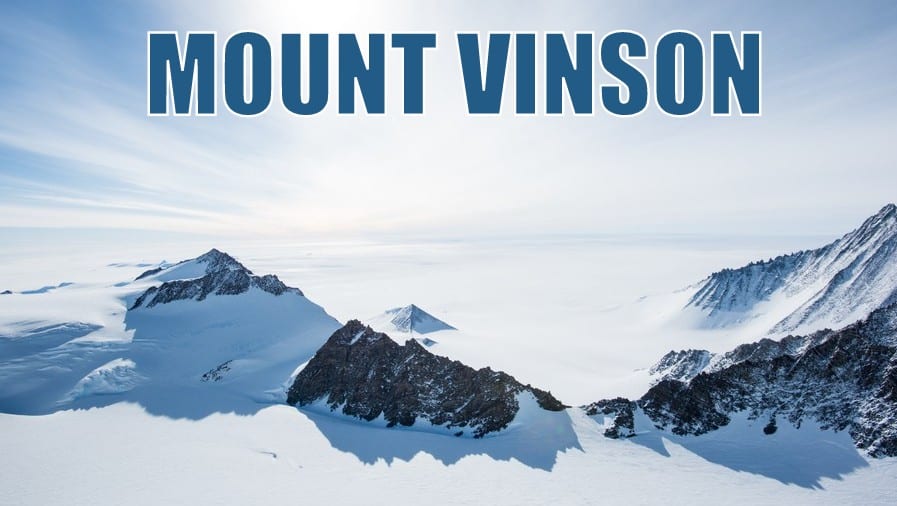
Where is Mount Vinson Located?
Mount Vinson is located in Antarctica, within the remote Vinson Massif. It is the tallest mountain on the continent, making it one of the famed Seven Summits. Vinson Massif is approximately 13 miles (21 kilometers) long and 8 miles (13 kilometers) wide.
How Was it Formed?
Mount Vinson was formed millions of years ago through the process of subduction and continental rifting. Subduction occurs when one tectonic plate moves under another, leading to volcanic activity and the creation of mountain ranges. In the case of Antarctica, the Pacific Plate’s subduction under the Antarctic Plate, combined with the forces of erosion and glaciation, gave rise to the sharp peaks and deep valleys characteristic of the Ellsworth Mountains.

The mountain’s remote location in the interior of Antarctica means it has been less affected by human activity compared to other parts of the world, preserving its pristine geological features.
How Tall is Mount Vinson?
Mount Vinson is 16,050 feet (4,892 meters) tall, making it the highest peak in Antarctica.
How Long Does it Take to Climb?
Climbing Mount Vinson typically takes 7 to 10 days, depending on weather conditions and the climbers’ acclimatization process.
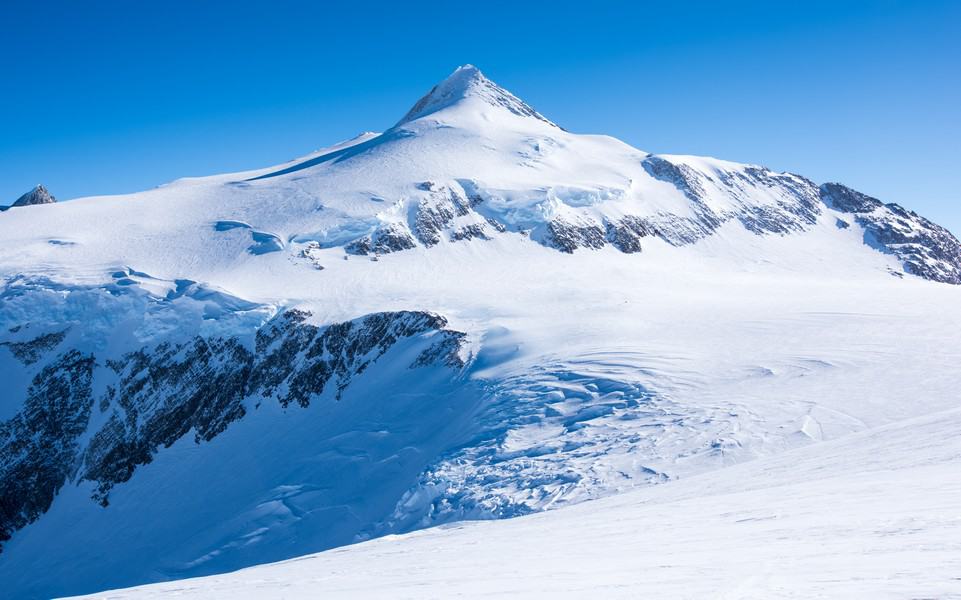
How Hard is it to Climb Mount Vinson?
The challenge of climbing Mount Vinson lies more in its remote location and the extreme cold than in technical climbing difficulty. The risk of frostbite is significant due to the extreme cold temperatures, which can plummet to -40°F (-40°C) or lower. Acclimatization to the high altitude and the polar environment is very important for climbers’ success and safety.
The ascent involves basic snow and ice climbing skills. Climbers must be prepared for the physical demands of high-altitude trekking and equipped to move on glaciated terrain.
The Antarctic weather is notoriously unpredictable, with sudden changes that can bring severe conditions, including high winds and heavy snowfall.
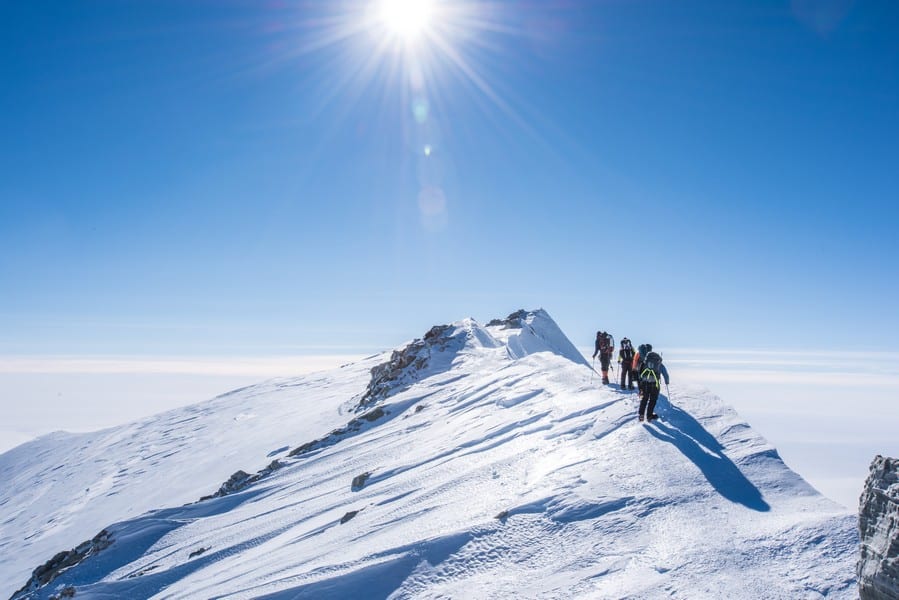
What is the Success Rate?
The success rate for climbers on Mount Vinson is relatively high, around 90%. Proper preparation, acclimatization, and weather conditions are key factors influencing success.
Can Beginners Climb Mount Vinson?
While Mount Vinson is not technically demanding, it is not recommended for complete beginners. Climbers should have experience with high-altitude mountaineering and be well-prepared for the extreme cold and logistical challenges of an expedition in Antarctica.
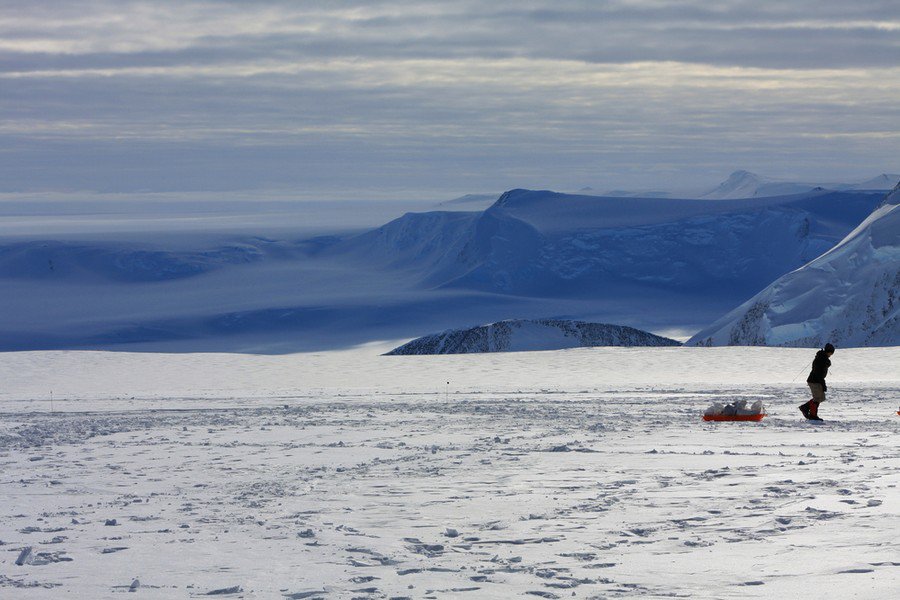
Who Was the First Person to Climb Mount Vinson?
The first successful ascent was completed by a team led by Nicholas Clinch on December 18, 1966. This American expedition marked the first time humans stood on the summit of Mount Vinson.
How Many People Climb Mount Vinson Per Year?
Approximately 100 to 200 people attempt to climb Mount Vinson each year, a number limited by the logistical challenges and high costs associated with Antarctic expeditions.
How Do You Train to Climb Mount Vinson?
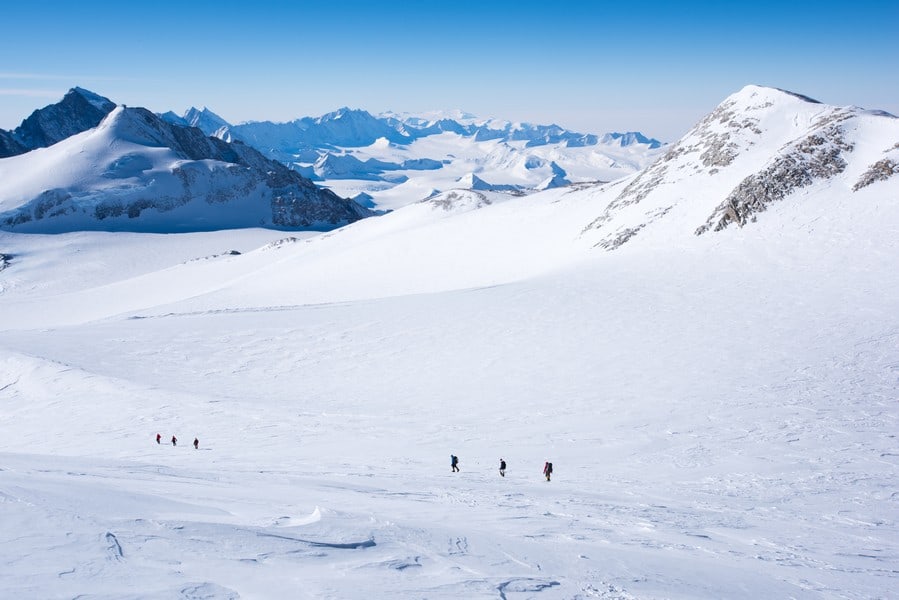
Training involves preparing for extreme cold, high altitude, and physical endurance. Activities should include cold-weather camping, glacier travel skills, and aerobic conditioning to cope with the demands of polar mountaineering.
What is the Best Time to Climb Mount Vinson?
The optimal time to climb is during the Antarctic summer, from November to January. During this period, temperatures are slightly less severe, and there are almost 24 hours of daylight, providing better conditions for climbing.
What Climate Zones Exist on the Mountain?
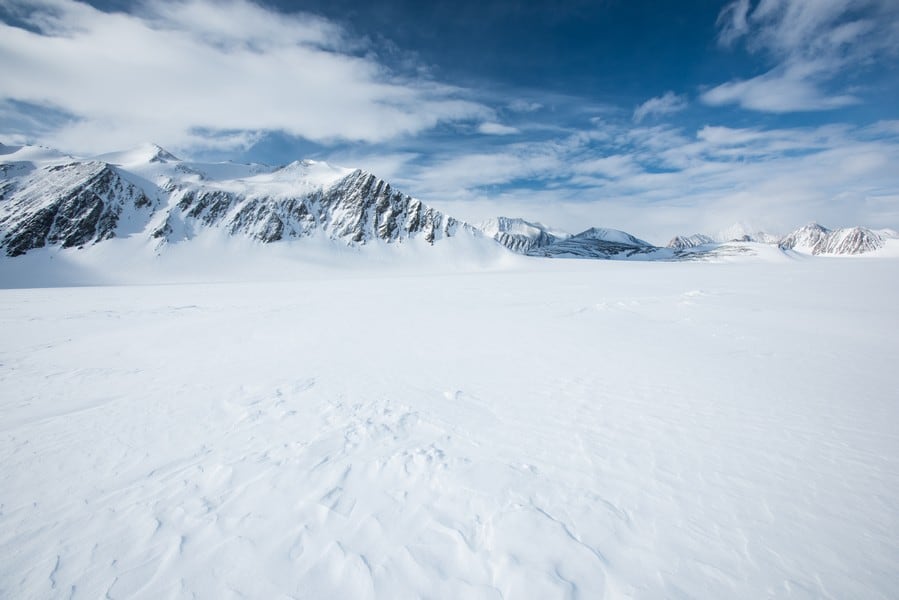
The entire expedition is within a polar climate zone, characterized by freezing temperatures throughout the year. Climbers must be prepared for the cold and wind, which are constant companions from base camp to the summit.
How Many Climbing Routes Are on Mount Vinson?
The most commonly used route is the Standard Route on the Branscomb Glacier. It is preferred for its direct approach and relatively lower technical difficulty. Other routes exist but are less frequently attempted due to their higher technical demands or logistical challenges.
Here are the camps used on the Standard Route:
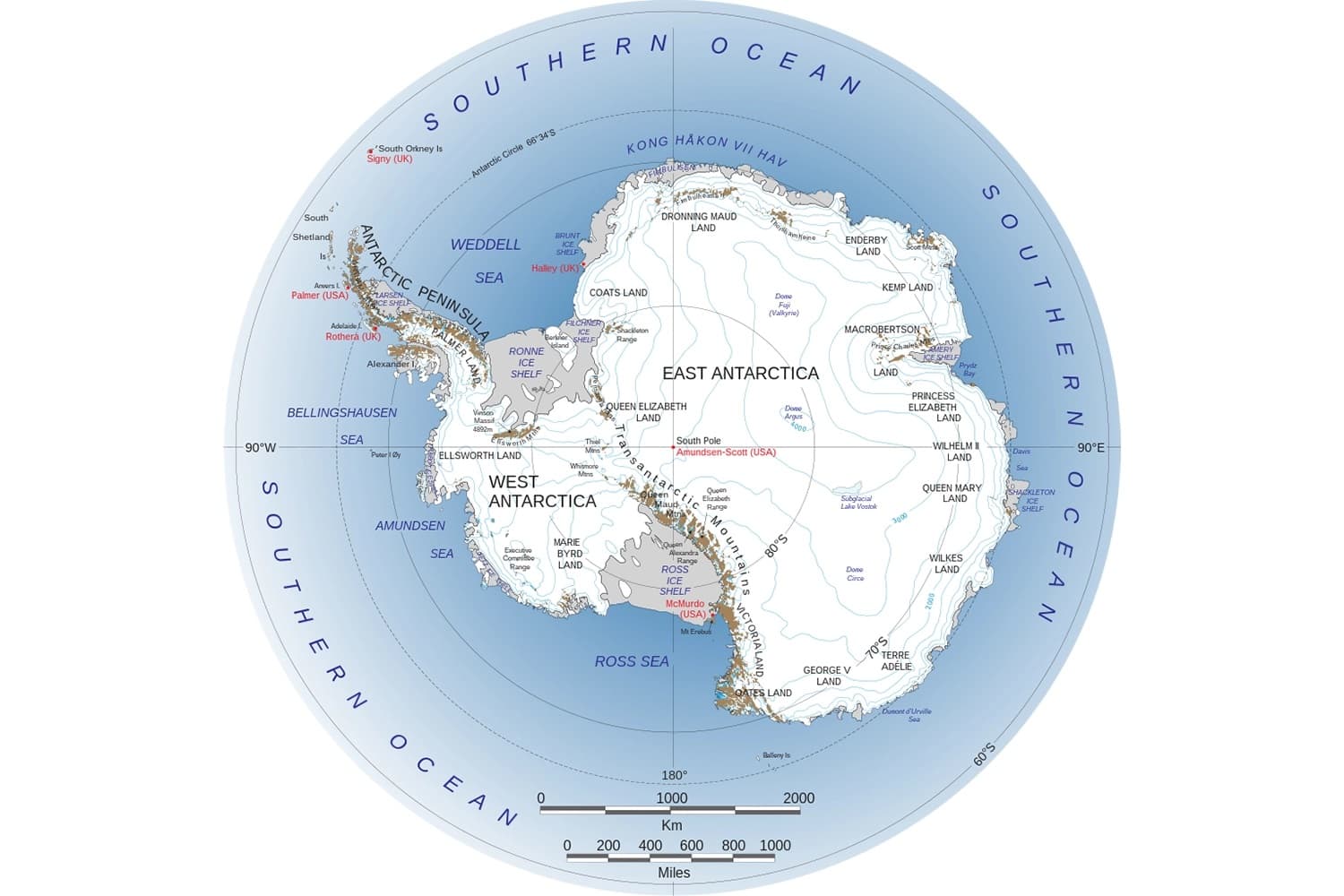
Base Camp (Vinson Base Camp): Located on the Branscomb Glacier, this camp serves as the starting point for the ascent. Conditions here are basic, with tents providing shelter from the harsh environment. The base camp offers a staging area for acclimatization and preparation before the climb begins.
Low Camp: Positioned at approximately 9,200 feet (2,800 meters), Low Camp is reached after a journey across the glacier. This campsite is marked by deep snow and ice, demanding careful navigation. Tents are pitched on snow platforms, and climbers must be prepared for cold temperatures and wind.
High Camp: At around 12,400 feet (3,780 meters), High Camp is set on a rocky outcrop, offering some shelter from the wind. This camp is crucial for acclimatization and final preparations before summiting. Conditions are austere, with climbers relying on their tents and gear to withstand the cold and wind.
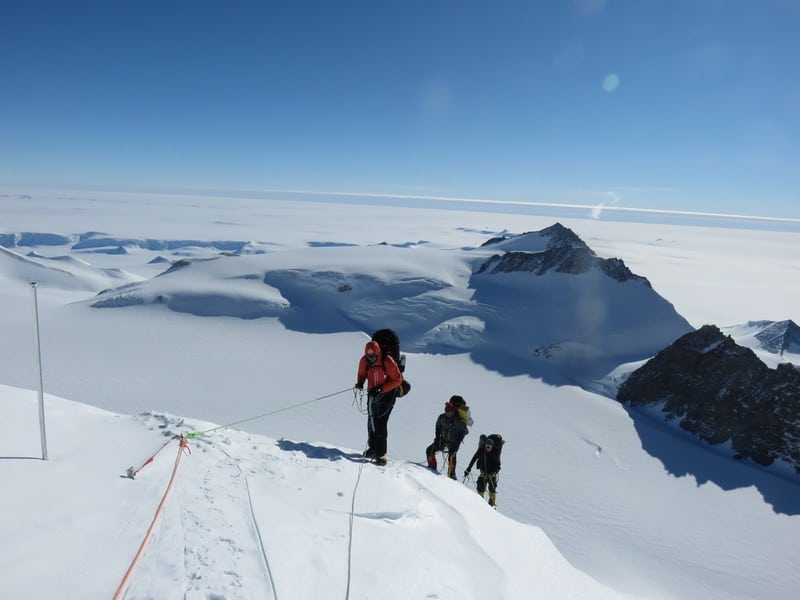
What is Summit Day Like on the Standard Route?
Summit day begins in the early hours to utilize the most stable weather conditions. The climb involves a gradual ascent from High Camp, traversing snow slopes and navigating around crevasses. The final push to the summit is steep, requiring the use of fixed ropes in some sections. The surface is primarily snow and ice, with occasional rocky patches. The use of crampons and ice axes is required. Climbers may face crevasses and steep sections but generally navigate moderate terrain.
The return to base camp follows the same route, with the descent typically quicker than the ascent.
How Much Does it Cost to Climb Mount Vinson?
The cost to climb ranges from $40,000 to $50,000 USD, covering logistics, guides, permits, and the chartered flights necessary for accessing the continent. The high cost reflects the complexity and remoteness of Antarctic expeditions.
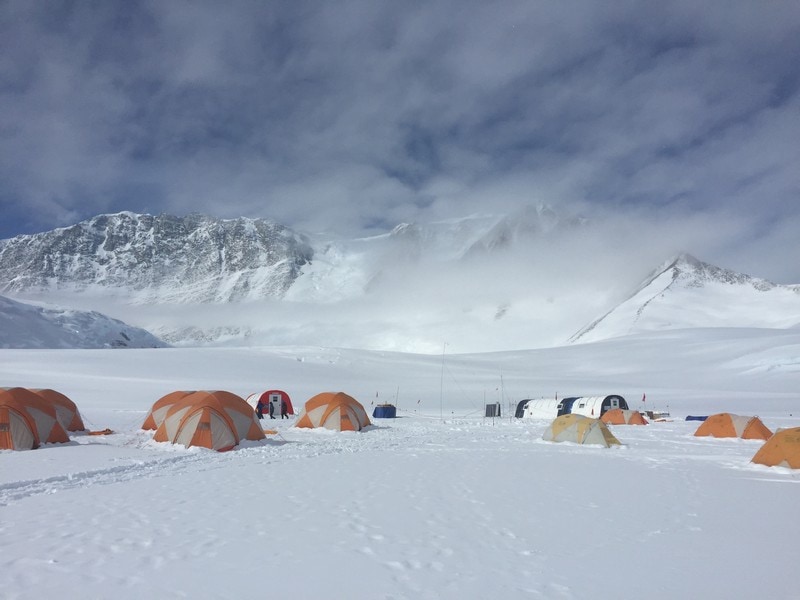
How Does One Travel to Antarctica/Mount Vinson?
Getting to Mount Vinson is a multi-step journey that starts from by flying to Punta Arenas, the southernmost city in Chile. This city serves as the primary gateway for expeditions to Antarctica. Climbers meet with their expedition company here, conduct final gear checks, and attend briefings in preparation for the flight to Antarctica.
From Punta Arenas, climbers board a charter flight, typically operated by Antarctic Logistics & Expeditions (ALE), to Union Glacier Camp in Antarctica. The flight, aboard a specially equipped cargo plane capable of landing on ice runways, such as an Ilyushin Il-76 or a similar aircraft, takes approximately 4-5 hours.
Union Glacier Camp serves as the main logistics hub for expeditions in the region. Climbers spend a few days here acclimatizing and waiting for favorable weather conditions for the next leg of their journey. When conditions permit, climbers are transported from Union Glacier to Vinson Base Camp via a twin otter ski-equipped aircraft. This short flight takes them directly to the base of Mount Vinson.
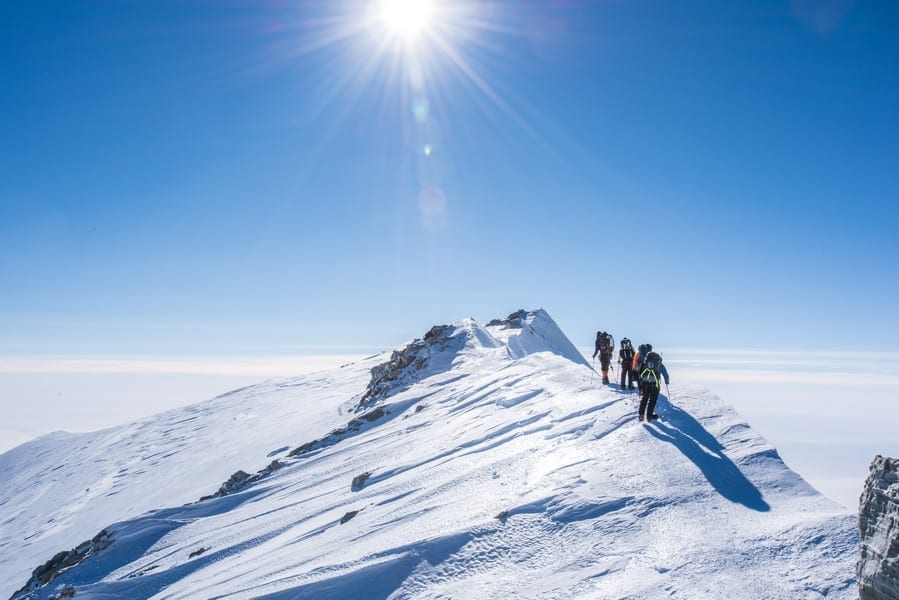
How Many People Have Died on Mount Vinson?
Given the extreme conditions and challenges, Mount Vinson has claimed very few lives. The exact number is low, with incidents primarily related to the harsh Antarctic environment rather than climbing difficulties.
How Does Mount Kilimanjaro Compare to Mount Vinson?
Geologically, both mountains are distinct. Kilimanjaro is a stratovolcano while Mount Vinson is part of the Ellsworth Mountains. Mount Kilimanjaro, the highest peak in Africa, stands 19,341 feet (5,895 meters) tall compared to Mount Vinson’s height of 16,050 feet (4,892 meters).
Climbing each mountain offers vastly different experiences. Kilimanjaro is known for its relative simplicity. Hikers of moderate fitness levels can reach the summit without the need for technical mountaineering skills, navigating through five distinct climate zones, from rainforest to arctic conditions. Mount Vinson requires more specialized skills and equipment. Climbers must be prepared for a technical ascent in one of the coldest places on Earth, making it a much more daunting and less frequented endeavor.

The logistics of climbing these mountains also differ a lot. Kilimanjaro is much more accessible due to Tanzania’s established tourism infrastructure, which supports thousands of climbers each year. Conversely, getting to Mount Vinson involves complex logistics to reach base camp on the ice of Antarctica. The cost and effort to climb Kilimanjaro are substantially lower for this reason.
From a cultural standpoint, Kilimanjaro is important to Tanzanian culture. Local myths and legends often reference the mountain, embedding it deeply in the regional identity. Mount Vinson, however, does not hold any cultural significance, as Antarctica has no indigenous population.
Interested in climbing Kilimanjaro? Start here.



















































